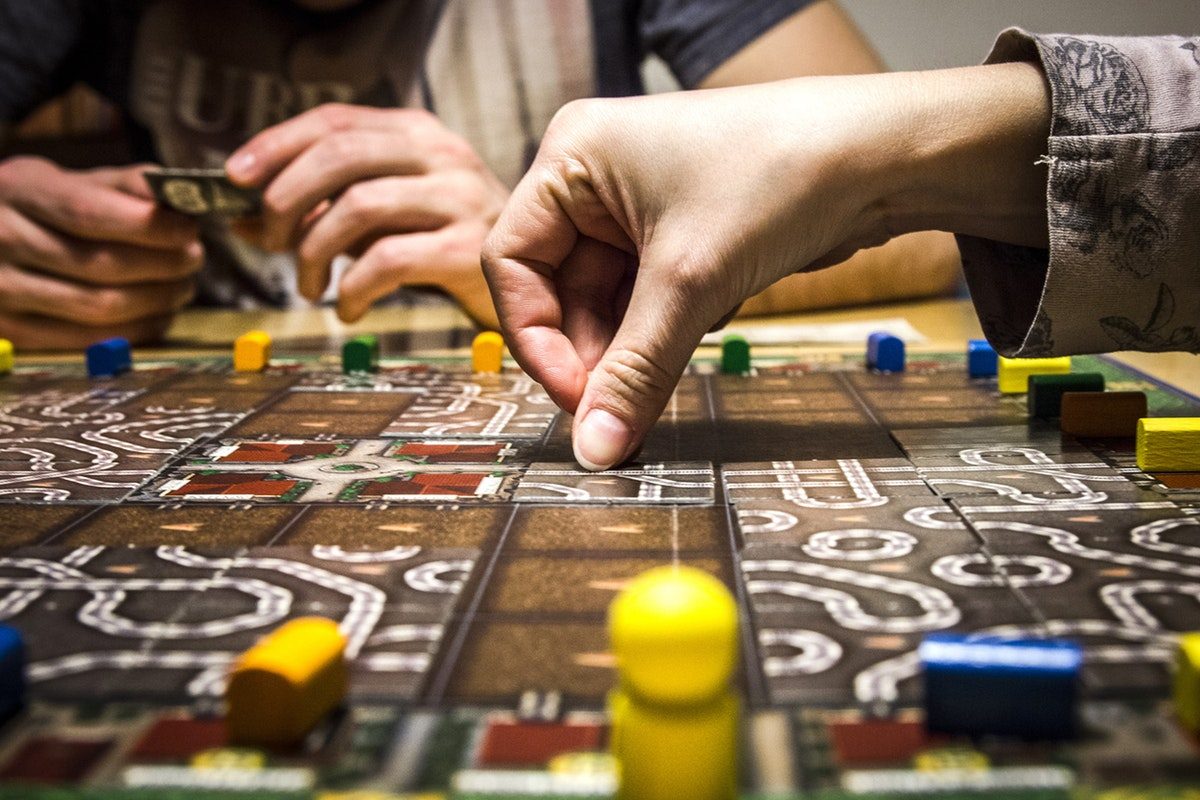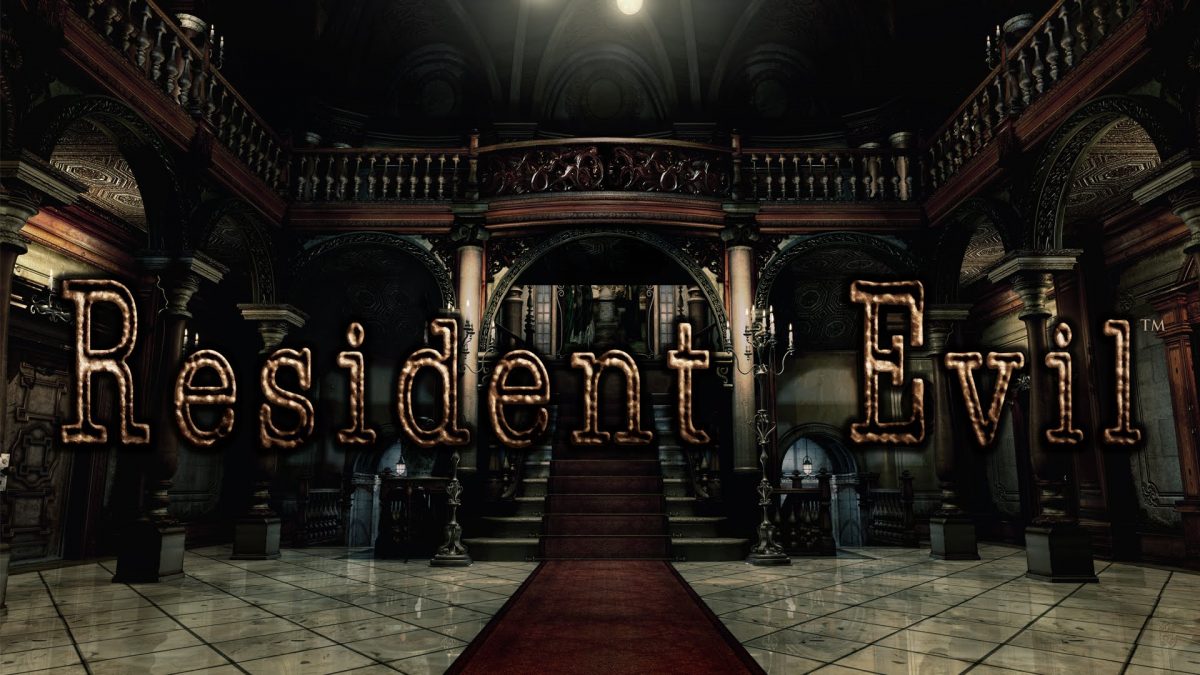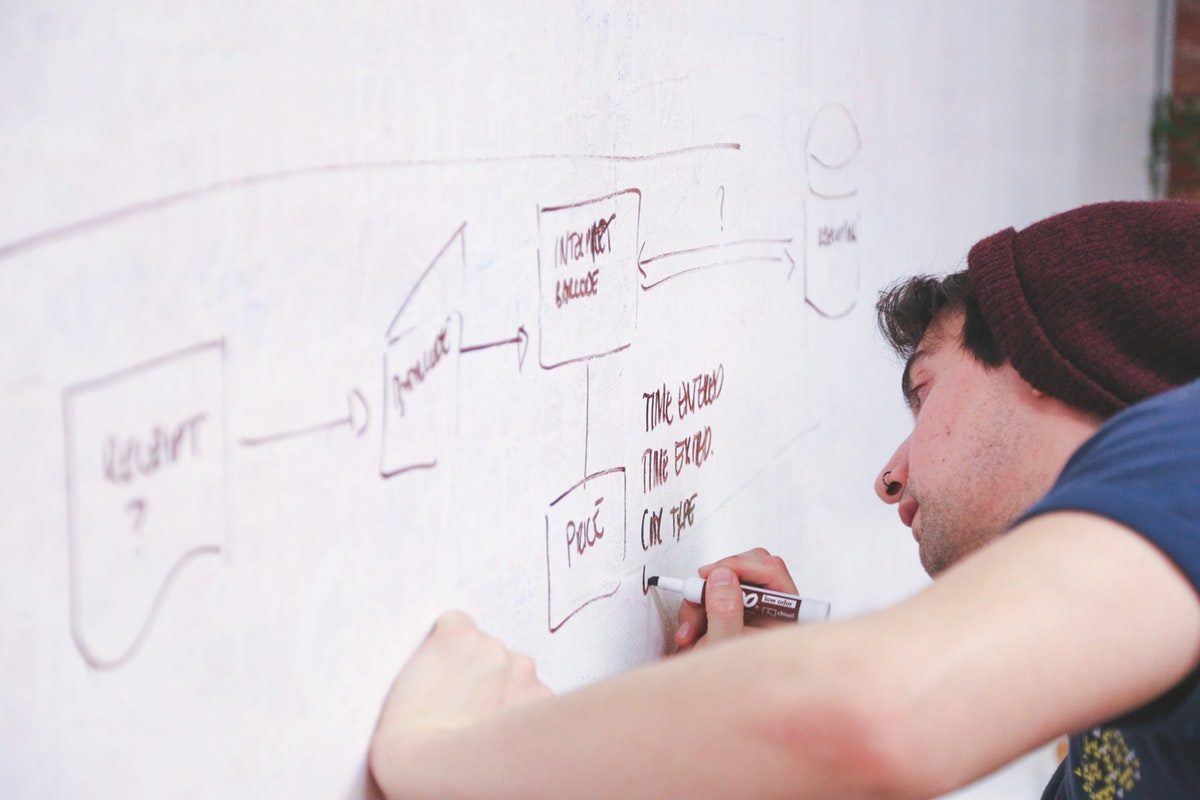Having spent the past 2 months working on both the Microcosm Framework and Super Blasty Blasty V2, I felt that I needed a bit of a change of pace and decided to join in with #GlobalGameJam2018. This was the perfect opportunity to put the framework into action with a fresh project that could be far smaller scope than Super Blasty Blasty V2. Unfortunately, I didn’t get any time on the Friday or Saturday to take part but I wasn’t ready to let that stop me taking part, so on Sunday morning, I set myself a challenge to get something built and “released” in 12 hours.
Needless to say, this was a bit ambitious. But I did it! My initial plan had been to get a fully polished release on the Google Play Store in these 12 hours, looking back this was a ridiculous goal. The version I quote unquote released was far from polished, but it was functional on Android devices and had some great features, mostly thanks to the Microcosm Framework doing its job exceptionally well in saving me development time.




